5 Elements of a Great Screenplay
- பிப்ரவரி 11, 2023

There are five basic but essential elements of every great story, no matter the type or genre. They enable screenwriters capture their audience and craft a story worth telling.
The ingredients of a great story are far from secret ingredients. Depending on which storytelling theory you consult, they might go by different names. For this introduction, we’re going to call them character, want and need, plot, structure, and conflict and resolution.
Character
Every story needs a hero. Your protagonist or main character determines what is happening in your story. Without the hero and their actions, there would be no story.
The main character will draw your audience in if they can identify with them and root for them. In other words, create a likable hero. Your protagonist will start out far from perfect but give them qualities to make them relatable and the audience will want to keep going. A character is well-rounded when we perceive them as believable or authentic.
Batman is an example of a hero.
Humans are complex beings. An interesting character has at least one thing they need to fix, a problem or a flaw. As the title The Dark Knight suggests, Batman is a flawed, even tragic hero.
A thing that the hero needs to fix allows the story to develop and move forward. The problem can come in the form of an opponent, foe or villain, an antagonist to complement the protagonist. Secondary characters further populate the story to support the plot. They enable the hero’s progression or transformation of character.
Want and need
A hero who lacks nothing makes for a boring tale. In every great story, their want and need define the protagonist. These are the things that motivate the main character in their actions: their wishes, dreams, and desires.
The object of the hero’s pursuit, what they want, is one thing. But what turns out to be the true solution to their flaw or problem is another: it’s their need that ends up changing their life. Other names for this paired story element are premise and theme, A story and B story, or also external and internal story.
The external journey can be specific to the main character and feature exciting action. The internal journey is more reflective and universal, something the hero has to learn or change about themselves. Fixing the hero’s flaw can mean finding love, trust, faith, or human connection, taking on responsibility, overcoming fear, acceptance, sacrifice, or mere survival. The theme of Ready Player One is the hero making connections in real life, not inside the simulation.
Plot
The storyline or plot of your writing is a series of events in which actions and occurrences cause and effect later ones. The plot ties the events in your story together, directing the audience towards the question: why does it all happen? Together with character, the plot affects everything in your writing.
The plot of every great story follows certain patterns or story archetypes. Their exact number varies with different storytelling theories. For Aristotle, only simple and complex plots existed. Modern approaches feature a higher number of distinct story archetypes or master plots. The important lesson is the common denominators shared by stories of each of these plots.
One such archetype is the quest plot or hero’s journey, also termed monomyth by American professor of literature Joseph Campbell. A hero goes on an adventure or quest to find something, obtains victory after a decisive crisis, and returns fundamentally changed or transformed – think of Don Quixote or The Wizard of Oz.
The plot is not a genre. Romance as a genre, for example, classifies love stories in the broadest range. As a plot, romance features the common denominators of an encounter of two people by chance or fate. After they fall in love, they have to overcome various obstacles to be together before it ends either happily ever after (Pretty Woman) or tragically (Romeo and Juliet).
Structure
By now you have the who and what of your story: your characters and the hero’s want and need as well as what is going to happen to them. The element of structure defines what goes where giving order to things and creating a unified whole.
Plot and structure are closely related. The plot determines the events that happen, the structure defines when they occur. Within the simple structure of beginning, middle, and end, timing is everything.
Aristotle called these three parts of a story setup, confrontation and resolution. This is the so-called three-act-structure, defining major plot points and transitions from one act to another. Your narrative will feature additional events with immediate or delayed effects. A term to describe these is story beats. They are units of plot linking the events of the story together. So-called beat sheets illustrate these units and their timing for different types of plots.
The number and distribution of story beats vary with storytelling schools of thought. Yet they always seek to achieve the perfect rise and fall of action that will have the audience at the edge of their seat.
Conflict and resolution
Plot creates tension, which makes a story interesting and entertaining. Two people falling in love and spending the rest of their life together is a love story. But a hero pursuing their love despite denial is much more intriguing. In Leaving Las Vegas, the relationship between Ben and Sera is doomed by the exact rule that allows them to live together: they’ve vowed to not change each other’s lives.
Introduce tension in your story through opposition. An antagonist can be a villain, a rival, a character flaw or external circumstances such as society as a whole. You’ll be able to increase the tension by raising the opposing force more and more.
Conflict drives your hero out of their current circumstances and towards change. As they develop, their need takes prevalence over their want until they’re truly changed at the resolution.
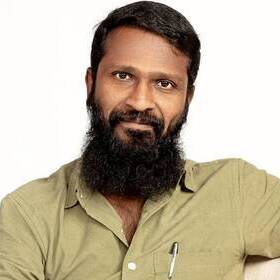
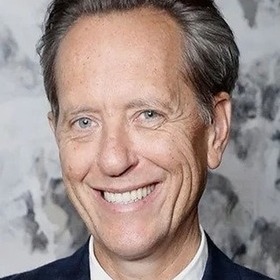
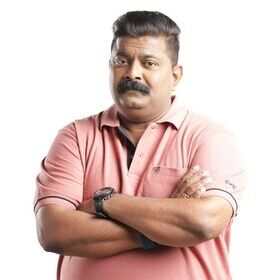
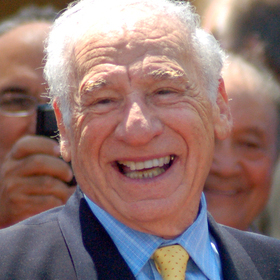
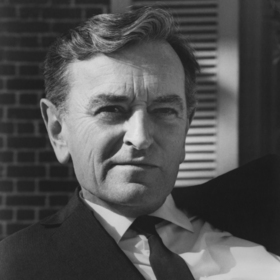

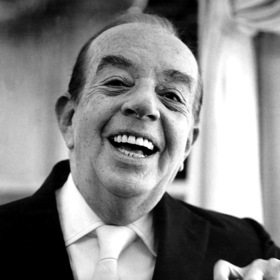
“It is the golden age of a screenwriter. In this era, if a script writer, has the content, potential and patience to sit and write, he will be rewarded”